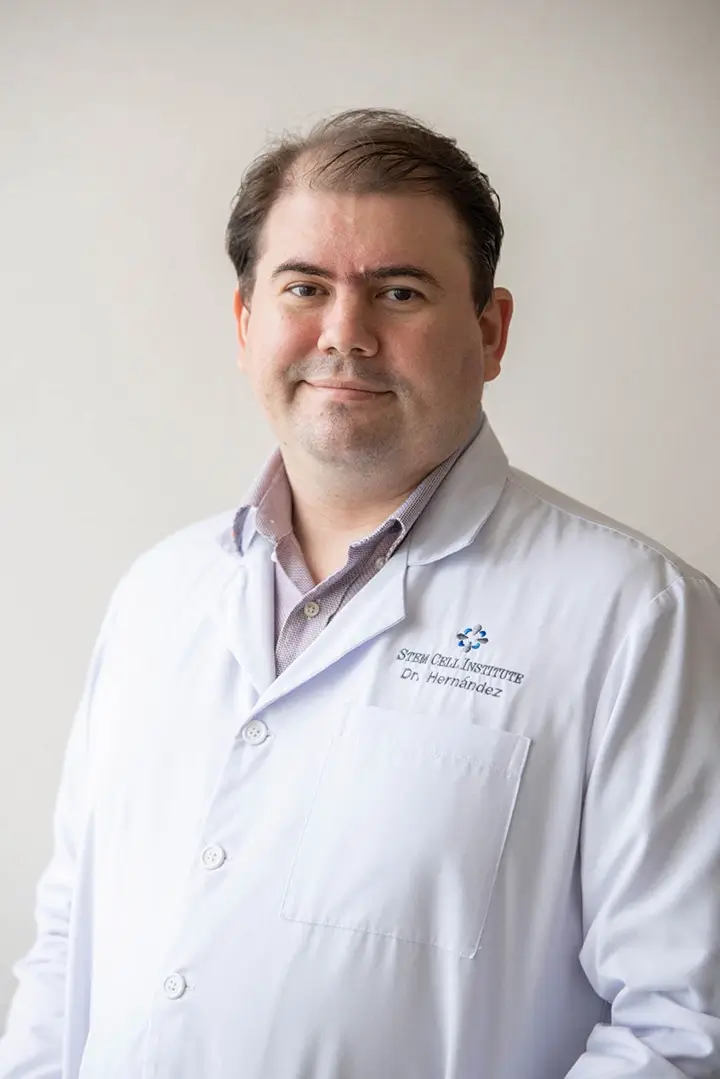Neuralstem has licensed the patent rights for three inventions from the Cleveland Clinic, all of which utilize spinal cord injection technology, and which Neuralstem will use in clinical trials for ALS (Amyotrophic Lateral Sclerosis, also known as Lou Gehrig’s disease). All three inventions were developed by Dr. Nicholas Boulis, currently at Emory University but formerly of the Cleveland Clinic. Neuralstem plans to file its IND (Investigational New Drug) application with the FDA before the end of this year, with trials scheduled to commence in early 2009.
According to Neuralstem President and CEO, Dr. Richard Garr, “We are very pleased to have licensed-in these important delivery technology rights. As we get ready to move into our expected human trial for ALS, we are focused on the optimal way to deliver our cell therapeutics to enhance the safety and efficacy of the treatments. Transplanting our cells directly into the spinal cord is a challenging but necessary part of trying to treat diseases of the spinal cord, not only in ALS but in other spinal cord injuries and diseases. The technology today will help us meet those goals.”
Specifically, the three inventions consist of devices which are known as a “stabilized platform and microelectrode recording guidance validation”, a “floating cannula for spinal cord therapeutic injection”, and a “spinal platform and methods for delivering a therapeutic agent to a spinal cord target”. According to its website, “Neuralstem, Inc. is a biotherapeutics company utilizing its patented Human Neural Stem Cell technology to create cures for diseases of the CNS (central nervous sysem). The Company’s technology allows for the isolation of CNS stem cells from tissue, the expansion in vitro of each cell up to a billion-billion times (60 doublings), and the controlled differentiation of the cells into mature, physiologically relevant human neurons and glia.”
In addition to ALS, ischemic paraplegia, traumatic spinal cord injury, and Parkinson’s disease are also among Neuralstem’s primary areas of focus.

